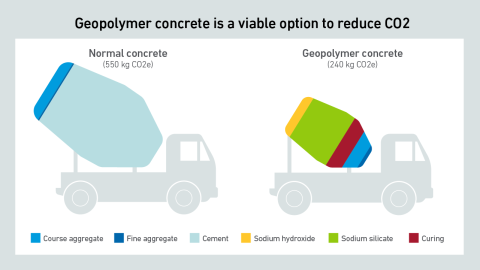Cybersecurity strategies often evolve organically: tools are added, requirements change, and the result is a lack of coherent structure. Cybersecurity professionals can benefit from adopting frameworks to organize these activities
filters
Explore All Topics
Raising supply air temperature is drawing interest from data center providers and regulators in some countries. While saving energy, it may also reduce resiliency. This report quantifies energy impacts to clarify when it can be beneficial.
While GPUs are the power-hungry devices that enable effective AI training, it is innovations in software that are fueling the recent surge in interest and investment. This report explains how neural networks power generative AI.
Data center operators building new systems can choose from nine categories of cooling technology. Innovative cooling equipment has minimized energy and water use and the average PUE for air-cooled and water-cooled systems.
Policies and procedures translate cybersecurity management objectives into the activities that protect data centers. But what steps should operators take to establish a comprehensive approach to implement these policies?
Software for data center management and control is well established, if not always widely used. Some operators are also benefitting from integrated facility and IT software.
Increasing supply air temperature is gaining interest as an approach to potentially save data center energy. However, savings will not be universally possible and understanding its potential involves a complex multivariable analysis.
Data center cybersecurity risks need to be managed in line with corporate objectives and across a wide range of cyber adversaries and threats. This means understanding the organizational risk tolerance and being able to identify the best options for
Hydrogen is a promising energy storage medium that can help decarbonize infrastructure. It is not a great fit for the majority of data centers, and the hydrogen economy is not fully developed.
Water use has become a critical element of a sustainability strategy. It is a location-specific issue: local climate and resources and the data center design will determine the water use profile of the facility.
Data center cyber governance requires all key tasks to be identified, and that specific individuals are accountable for each task. Effective cybersecurity governance defines how key assets are protected and the roles that hold responsibility.
Good data center governance provides a foundation for effective data center cybersecurity. How should data center leaders structure an approach that optimizes the resources needed to safeguard data centers?
Many data centers struggle to achieve maximum capacity and optimal cooling, resulting in troublesome hot spots. Advances in cooling optimization software have addressed this complexity and could be the answer.
Identifying the extent of security requirements is a critical first step in building a viable data center cybersecurity strategy. Data center managers should identify and answer essential questions to implement an effective playbook.
Concrete and steel account for up to 50% of the building shell product carbon footprint (PCF). Material substitutions or alternative energy sources can reduce the two materials' PCF by up to 30%, but zero-emission products are years away.
 Michael O'Neil
Michael O'Neil
 Antonio Ramos
Antonio Ramos
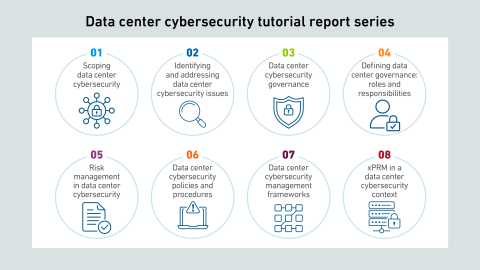
 Dr. Tomas Rahkonen
Dr. Tomas Rahkonen
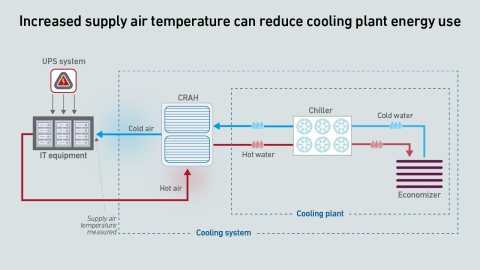
 Dr. Owen Rogers
Dr. Owen Rogers
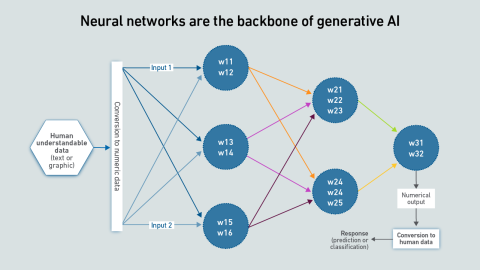
 Jay Dietrich
Jay Dietrich
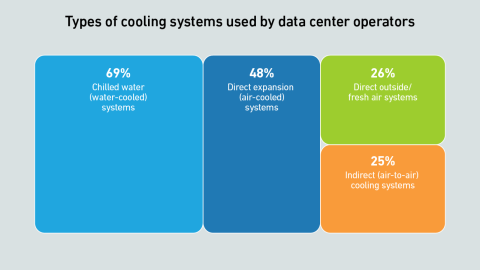
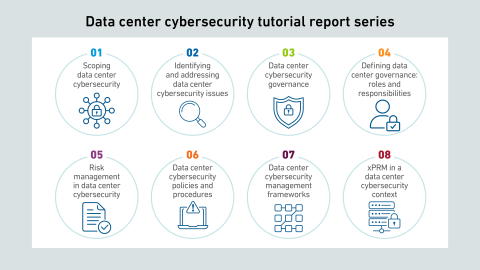
 John O'Brien
John O'Brien
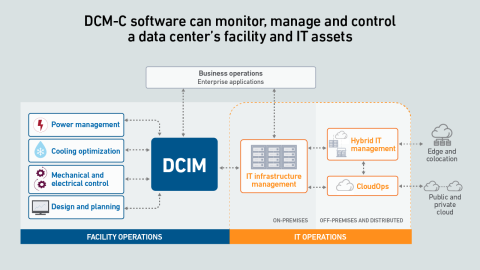
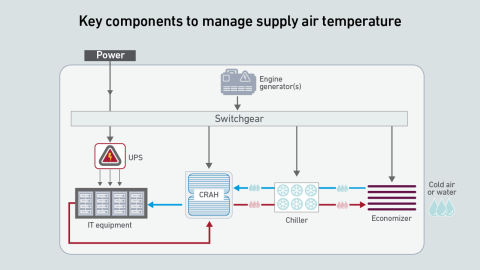
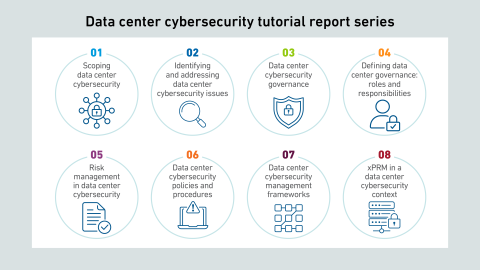
 Peter Judge
Peter Judge
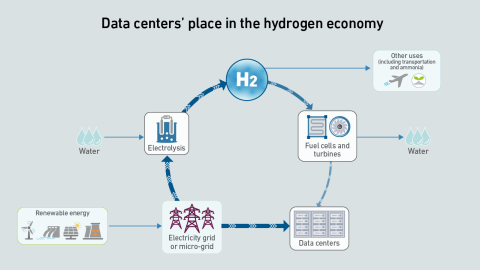
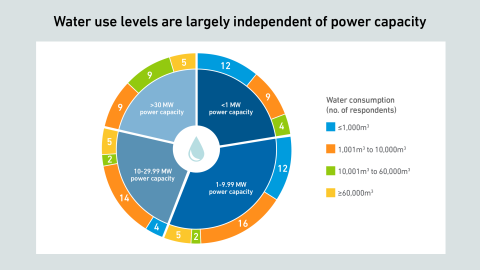
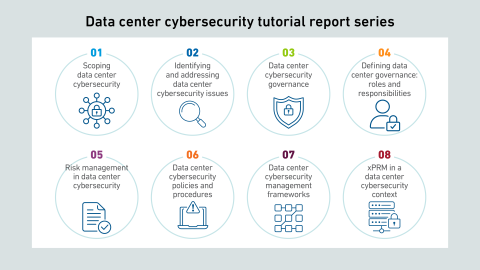
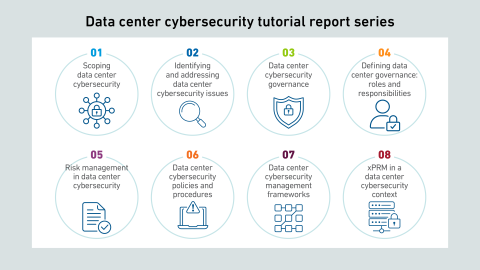
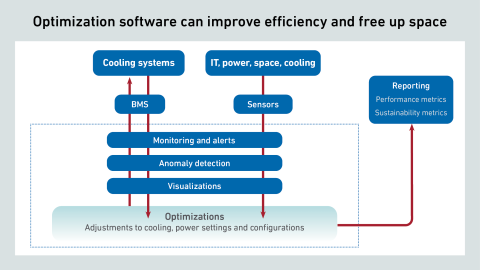
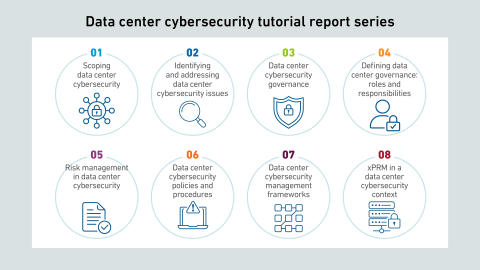
 Rose Weinschenk
Rose Weinschenk
